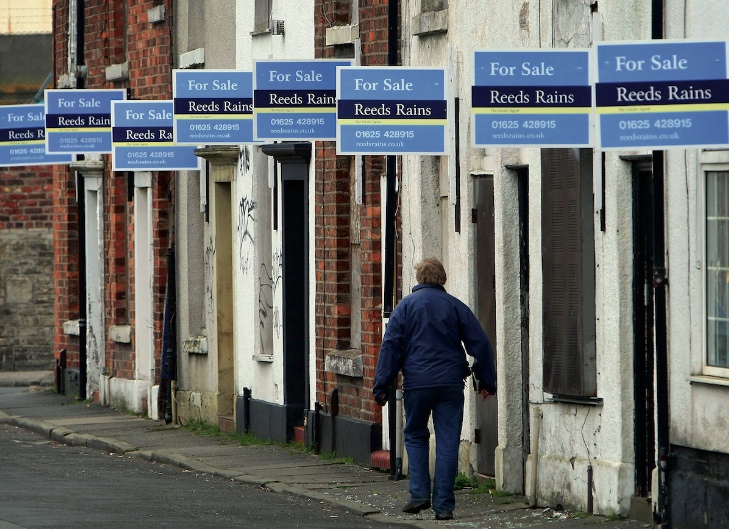Opinion: Ten years on from the financial crash, the property market is in recovery but should emerge stronger than ever

It might all be about Brexit now, but let’s not forget what happened 10 years ago. Recessions sparked by problems in the financial markets are widely recognised as being deeper and more prolonged than other downturns. And this certainly seems to be the case with the financial crash and the fall of Lehman Brothers 10 years ago, the impact of which is still being felt by the housing market a decade on.
One of the lasting impacts of the financial crash was that mortgage finance became much harder to come by. Back in 2007 more than 10 per cent of new mortgage loans had a loan-to-value (LTV) of over 100 per cent. Buyers borrowed extra cash for refurbishments, cars and even holidays. But the crash caused lenders to cut back and the FCA’s Mortgage Market Review was introduced in 2014.
Tighter regulations together with more stringent stress tests meant that banks were forced to cut back on higher LTV lending and new borrowers had to satisfy lenders that they could tolerate a rise in mortgage rates of around 7 per cent.
It’s widely acknowledged that further rate rises, if and when they come, will make very little difference to the housing market
But interest rates have been at record lows for over 10 years and that’s been good news for homeowners. November 2017 marked the first base rate rise by the Bank of England in a decade and, despite a further hike in August, interest rates remain historically low at just 0.5 per cent.
It’s widely acknowledged that further rate rises, if and when they come, will make very little difference to the housing market. According to UK Finance 62 per cent of all mortgages are fixed and therefore most households are protected against future rate rises during their fixed period. Remaining and new borrowers are also still able to benefit from a low interest rate environment, which is further helped by a backdrop of competitive lenders keen to win business.
That said, activity in the housing market has slowed. Over the last decade the average time between moves has almost doubled. In the years before 2007, an average of 1 in 12 households would move home each year. Since the financial crash, it’s fallen to 1 in every 21.
And interestingly the majority of people who bought a home back in 2007 still haven’t sold up. Londoners have been most likely to move (51 per cent of those who bought in 2007 have moved on), while homeowners in Wales have proved most likely to stay put (71 per cent are still in the same home).
Read more: How to successfully let your property out to students
So, a lot has happened in the last decade. The market has taken time to recover and there are still bumpy times ahead. But many of the measures taken because of the financial crash, such as tightening lending criteria and improving banks’ financial cushions against risk, have made the market more stable and less vulnerable to future shocks. It may have felt like a long recovery, but the patient is fitter and more resilient.
This op-ed forms the backdrop to a presentation Aneisha Beveridge gave at Barclays Global HQ in Canary Wharf last week. The Property View, a Hamptons International event, examined the property market 10 years on from the Lehman Brothers’ collapse and looked at future prospects for the housing market.